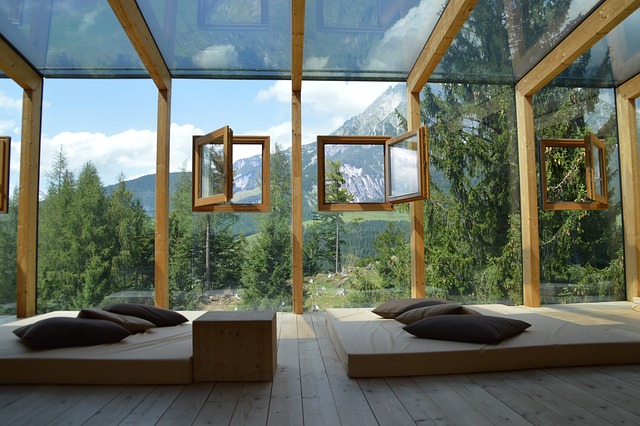Ever wondered how much your home weighs? The typical single family comes in at anywhere from 80,000 to 160,000 pounds, which is a lot of weight for your foundation to support. That is why it is important to know what kind of foundation your house has, especially if you are in the market for a new home.
CONCRETE
Concrete is by far the most common foundation material in the United States. It has a lot to recommend it; it is easy to produce, durable, and comparatively inexpensive. Concrete foundations are either constructed from poured concrete or a series of cinder blocks. Poured concrete foundations do sometimes crack, but these cracks are easy to repair.
STONE AND BRICK
Brick, laid stone, or a combination of the two are the most common foundations found in older homes. Though beautiful and strong, these foundations do not age well left unattended. Laid stone foundations usually lack the proper drainage systems, which can mean a build-up mold or the disintegration of any mortar or joiner between the stones.
The mortar in brick foundations is also susceptible to disintegration over time. In both cases, a proper drainage system is a must. If you are thinking about buying a house with a brick or stone foundation, also look into how easy it is to access as this will impact repair possibilities.
PRE-BUILT WALLS
Pre-built walls are usually a combination of studded walls and concrete coating. They have a lot to recommend them. They are quick install, easy to level, and simple to repair. Unfortunately, they often come with a higher price tag.
In addition to multiple kinds of materials, foundations also come in different shapes and have different levels of accessibility.
BASEMENTS
Basements are most common in cold weather climates because the foundation needs to exist beneath the frost level in order to properly support the home. Despite their success as extra living space, basements are prone to flooding. If this is a problem in your home, look into how well your yard absorbs rainfall and where your downspouts direct water. Keeping excess moisture away from your basement is important to keeping it dry and maintaining structural integrity.
CRAWLSPACES
Crawlspaces are accessible basements with limited headroom. Though they are not suitable for living space or major appliances, they can still house piping, ductwork, and other similar appliance. You may have heard that crawl spaces have a susceptibility to moisture. While this is true, it is relatively inexpensive to waterproof your crawlspace or install siding that keeps out rodents.
SLABS
Just like it sounds, a slab foundation is a poured concrete shelf that exists on a grade of land. This foundation type is most popular in warm, moist climates with high water tables. Slabs greatly reduce flooding risk, but can be difficult to maintain. They are usually installed about a foot underground and reinforced with steel.



